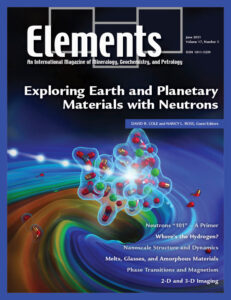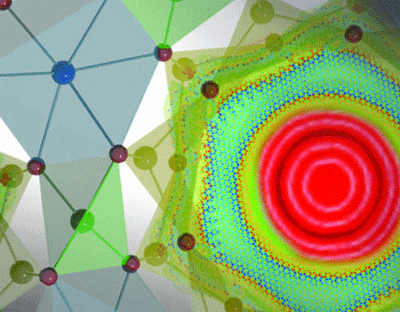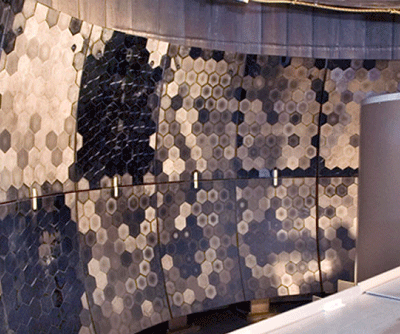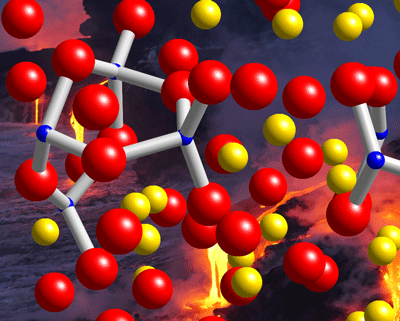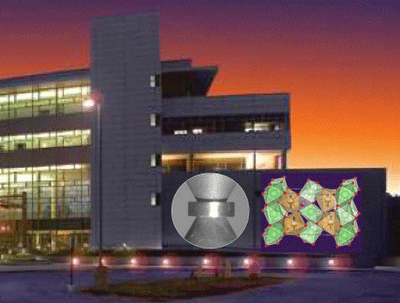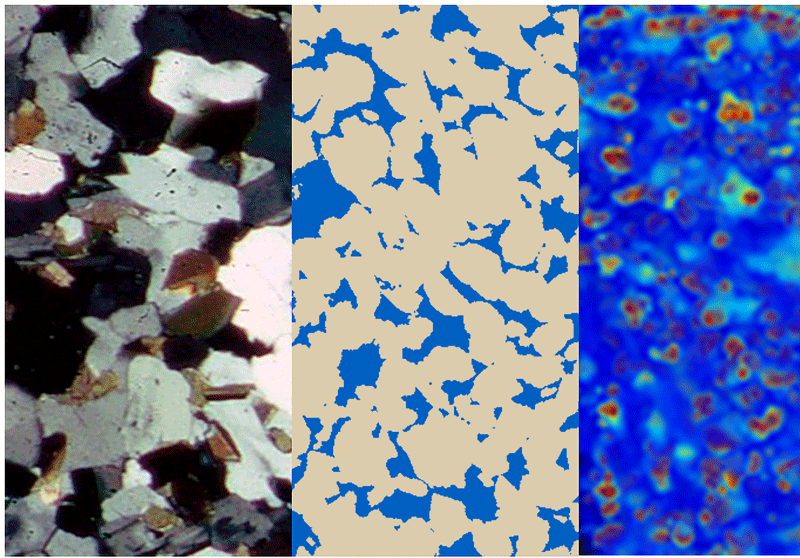Exploring Earth and Planetary Materials with Neutrons
David R. Cole and Nancy L. Ross – Guest Editors
Table of Contents
For over half a century, the structural details and the dynamics of atomic arrangements in materials have been determined using neutron-based scattering and absorption measurements. Neutron scattering experiments have contributed valuable information on geological materials and how these interact with fluids. In situ studies of transformations and fundamental properties can emulate diverse environments from Earth’s surface to its deep interior. Potential growth of the “neutron community” is being realized with the development of new and improved neutron sources. This issue will familiarize the reader with the basic concepts of neutron scattering, the methods that are available to Earth scientists, provide a summary of facilities around the world, and give key applications of the technique.
- Neutrons “101” – A Primer for Earth Scientists
- Where is the Hydrogen?
- Nanoscale Structure and Dynamics in Geochemical Systems
- Probing the Structure of Melts, Glasses, and Amorphous Materials
- Probing Phase Transitions and Magnetism in Minerals with Neutrons
- Imaging with Neutrons
CAMECA
Crystal Maker
Excalibur Mineral Corporation
International Association of Geoanalysts
ProtoXRD
ThermoFisher Scientific
v17n4 Geoscience Beyond the Solar System
GUEST EDITORS:Oliver Shorttle (University of Cambridge, UK),Natalie R. Hinkel (Southwest Research Institute, USA), Cayman Unterborn (Arizona State University, USA), and Claire Cousins (University of St Andrews, UK)
A revolution in astronomical observation has expanded the horizon of geological processes out from the handful of rocky and icy bodies in our solar system to the now thousands of planets detected around other stars (“exoplanets”). A major result from this burgeoning field is that rocky planets are the most abundant. A remarkable ∼11% of Sun-like stars host planets similar in their size and incident flux to Earth, whilst many more planets may exist in states relevant to past periods of terrestrial evolution, either trapped as perpetual magma oceans or locked into a snowball climate. This issue will highlight the myriad opportunities exoplanets represent for investigating fundamental geological processes and the opportunities for the geosciences to contribute to this exciting young field.
- Why the Geosciences and Exoplanetary Sciences Need Each Other
Oliver Shorttle (University of Cambridge, UK), Natalie R. Hinkel (Southwest Research Institute, Texas, USA), Cayman Unterborn (Arizona State University, USA), and Claire R. Cousins (University of St. Andrews, UK). - Compositional Diversity of Rocky Exoplanets
Keith D. Putirka (California State University, Fresno, USA), Caroline Dorn (University of Zurich, Switzerland), Natalie R. Hinkel (Southwest Research Institute, USA), and Cayman Unterborn (Arizona State University, USA) - Exogeology from Polluted White Dwarfs
Siyi Xu (Gemini Observatory, USA) and Amy Bonsor (University of Cambridge, UK) - The Diversity of Exoplanets: From Interior Dynamics to Surface Expressions
Maxim D. Ballmer (University College London, UK and the Tokyo Institute of Technology, Japan) and Lena Noack (Free University of Berlin, Germany) - Constraining the Climates of Rocky Exoplanets
Thaddeus D. Komacek (University of Chicago, USA), Wanying Kang (Massachusetts Institute of Technology, USA), Jacob Lustig-Yaeger (John Hopkins University, USA), and Stephanie L. Olson (Purdue University, USA) - The Air Over There: Exploring Exoplanet Atmospheres
Laura K. Shaefer (Stanford University, USA) and Vivien Parmentier (University of Oxford, UK) - Life’s Origins and the Search for Life on Rocky Exoplanets
Paul B. Rimmer (University of Cambridge, UK), Sukrit Ranjan (Massachusetts Institute of Technology, USA), and Sarah Rugheimer (University of Oxford, UK)
- Shedding Light on the European Alps (February 2021)
- Speleothems (April 2021)
- Exploring Earth and Planetary Materials with Neutrons (June 2021)
- Geoscience Beyond the Solar System (August 2021)
- Carbonatites (October 2021)
- Heavy Stable Isotopes: From Crystals to Planets (December 2021)



